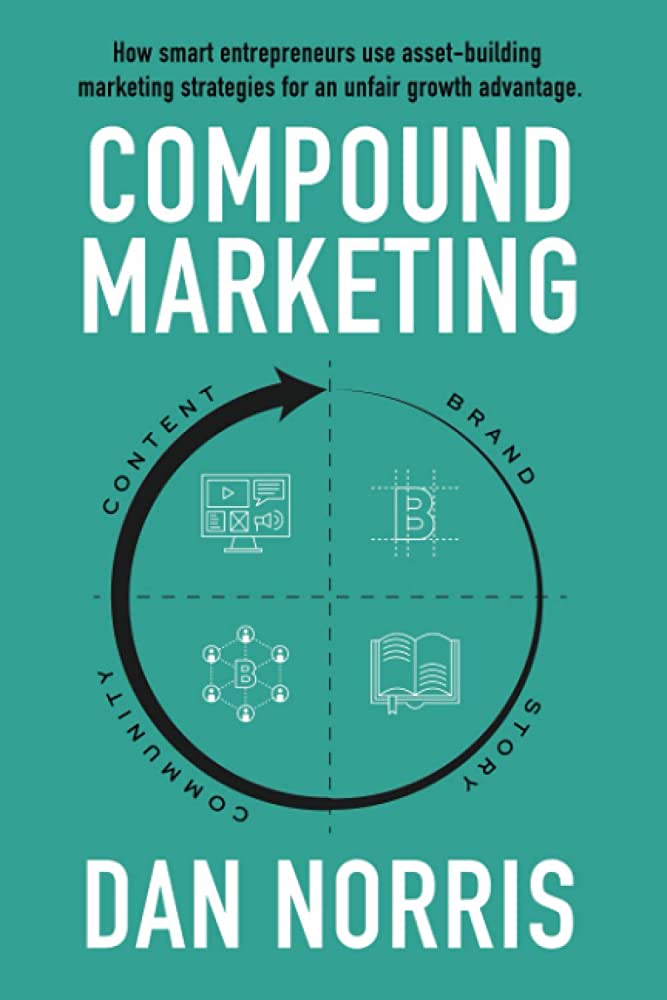
Amazon lending is a type of funding available to qualifying sellers. These loans are a great way to get extra cash to grow your business.
Be sure to carefully consider the pros and disadvantages of this option before you submit your application. These loans may impede your growth due to a range of fees.
Eligibility
Amazon Lending offers loans to those who have active Amazon seller accounts. You must be invited to the program before you can submit an application.
It is much simpler than other small business loans and requires less paperwork. Since the loan is based on your sales performance, Amazon doesn't require you to provide extensive documentation like financial profiles and tax returns.
You can borrow up to $750,000 and pay it back in 12 months. Payments will automatically be deducted from your seller account each month until you repay the full loan amount.
Amazon sellers who are looking for financing to grow and expand their businesses can use this as a great option. Before making any decision, it is important to weigh all the benefits and drawbacks. Before signing up, it's a good idea compare monthly payments and the cost of your loan with other lenders.
Benefits

Amazon Lending can be invited only. This program pre-selects a few sellers based primarily on their sales volume. Sellers can then accept or decline this offer via the Amazon Seller Central portal.
The application process takes only minutes and is very straightforward. All sellers must do is complete the application based on their sales, performance, and a few other metrics.
One of the biggest benefits of Amazon Lending is that it's free of many of the fees associated with traditional financing. These fees include closing fees, application fees, and prepayment penalties fees.
Amazon Lending doesn't work for all small businesses. Although Amazon Lending has competitive rates and fees for small businesses, you may have other funding options that would make more sense.
Taking out an Amazon loan is a good idea for qualified sellers with strong sales on the platform. Keep an eye on your monthly progress, and confirm that your loan amount is being fully repaid every month through automatic deductions.
Requirements
Amazon loans can be used to finance inventory. Sellers can borrow money for products that will be sold on Amazon. This could be a good solution for people who need to keep their inventory in stock so that it can be sold on Amazon.
Amazon will take a fixed monthly amount from the Seller Account. This will impact your business's sales and make it difficult to make the payments on time.

In addition, because the funds you receive can only be used for product purchases on Amazon, you will be relying on the platform more than ever before. This is a problem if your goal is to expand outside of Amazon's marketplace.
Reviews
Amazon Lending is a small business loan program that pre-selects specific third party sellers based on a variety of factors, including sales volume and history. Once a company's information is obtained, Amazon issues a loan offer up to a certain dollar amount. The seller is then invited to accept the offer.
The program is designed to help Amazon sellers improve cash flow, purchase inventory, and cover marketing expenses. The funds are not meant to be used for other purposes, such as paying rent or refinancing a vehicle.
Amazon Lending is like other loans. It has its own terms, including fixed monthly repayments. These repayments are automatically deducted directly from your Amazon Seller account.
FAQ
What are the best days for online shopping?
Sunday is the best day for shopping online for clothes. This is because you can take your time and browse through different stores to find what you are looking. You should buy all the clothes you will need for Monday. Do any last-minute shopping on Tuesday. Wednesday is the time to begin Christmas shopping. Thursday is the time to begin planning for Easter. You should begin preparing for the summer holidays on Friday. Saturday is the best day to prepare for the school holidays. You should also finish any tasks that you have left for the week on Sunday.
Online shopping: Can I return clothes?
Absolutely! It's actually easier than ever to order clothing online. All major retailers offer free returns. Simply print off a label and drop it in the mail.
Remember that you can only get a return once you have received the item. You will have to return the item if you decide not to buy it.
How do I do smart online shopping?
Smart shopping online allows you to save money and not compromise on quality. These are some tips to help you save money online.
Shop around first. Compare prices to determine which store has the best deal.
Ebates is another cash-back option. They work similar to cashback programs found at physical stores. Their app allows you to earn points based upon how much you spend. These points can be used to redeem for gift cards and discounts.
Thirdly, look for promo codes. They can be found at sites such as RetailMeNot.com. Simply enter the code during checkout. Voila! Your savings will appear immediately.
Last but not least, be sure to check out the clearance sections. There are often amazing deals available on high-end brands at reduced prices.
Statistics
- According to the Federal Trade Commission (FTC), online shopping was the fourth most common fraud category for consumers as of February 2022.5 (thebalance.com)
- The tax is automatically added once you click the checkout button, so factor in an additional 20% when looking at the product page. (makeuseof.com)
- The vast majority only change a password to protect privacy a few times a year (27 percent) or, more likely, never (35 percent). (pcmag.com)
- A report from the U.S. Census Bureau found that in the first quarter of 2022, an estimated $250 billion was spent on retail e-commerce sales.1 (thebalance.com)
External Links
How To
How to shop safely online
Online shopping is one the easiest ways to purchase goods and services. However, this convenience comes at a price. While online shopping offers many advantages, there are also some risks. The greatest threat is identity theft. Identity thieves use your personal data (name, address, credit card number) to steal money from you or take out fraudulent loans against your name. Your stolen information is then sold on the black marketplace. If you want to stay safe while doing business online, here are some tips to keep in mind:
-
Secure websites. Most online stores offer free SSL encryption to protect customers' information. Any information entered on the site, including names and addresses, phone numbers, credit card details, and so forth, is encrypted. It makes it impossible for anyone to read what you input. Check that the certificate has been issued by a recognized CA before you decide which online store you want to do business. Look for the green padlock icon next to the URL bar when browsing.
-
Never give your password away. When you sign up to a new account, an email will usually ask you to confirm your email address or username. Make sure you don't share these credentials with any third party. You should also not write these credentials down. If someone steals your wallet they can access your accounts. Instead, save them on your personal computer. Your passwords should be changed at least every three to four months.
-
Keep track of all your orders. Track where you send packages if you're sending items to other people or yourself. Many people are scammed by believing they sent something to their own address, when it was actually sent elsewhere. Before you pay shipping fees, ensure that the tracking number is checked. Never ship anything without seeing proof of delivery. If you aren't satisfied with the service rendered, please contact the company right away.
-
Be aware of who you are dealing with. Many websites will require you to give sensitive information, such as your full name and date of birth, Social Security Number, and Bank Routing number. They use these details to identify you so they should be cautious about what information they ask for. Google "what's the need?" to determine if a website has this information. There are many ways to find answers.
-
Be wary of pop-up windows. Pop-up windows can bombard you with offers and special deals from many sites. Although some of these advertisements may appear legitimate, others are intended to trick you into disclosing your private information. A fake antivirus program, for example, might ask you for your social insurance number and credit card number. Don't click on any links that seem suspicious to avoid being tricked.
-
Beware of phishing scams. Phishing scams use hackers to pretend to represent reputable companies and trick consumers into providing their financial information. Phishers often create emails that look like they come from banks or retailers, encouraging users to log in and update their account information. The hacker can access your finances once you have given your personal information. Hackers could even take over your bank accounts or transfer funds from one account to another. You can find many resources on how to spot a phishing scheme, including How To Spot a Fake E-mail Scam.
-
Do your homework. Be sure to read the fine print before you sign anything. The terms and condition of any contract you sign must be easy to comprehend. You should carefully read through the contract and make sure you understand what you are agreeing to. To save money, avoid paying hidden fees.
-
Always shop around. Shop around. Compare prices on different websites until finding the lowest price. Compare shipping costs for multiple items. Shipping rates can vary widely depending on which website is used. For expedited shipping, it is worth paying a bit more.